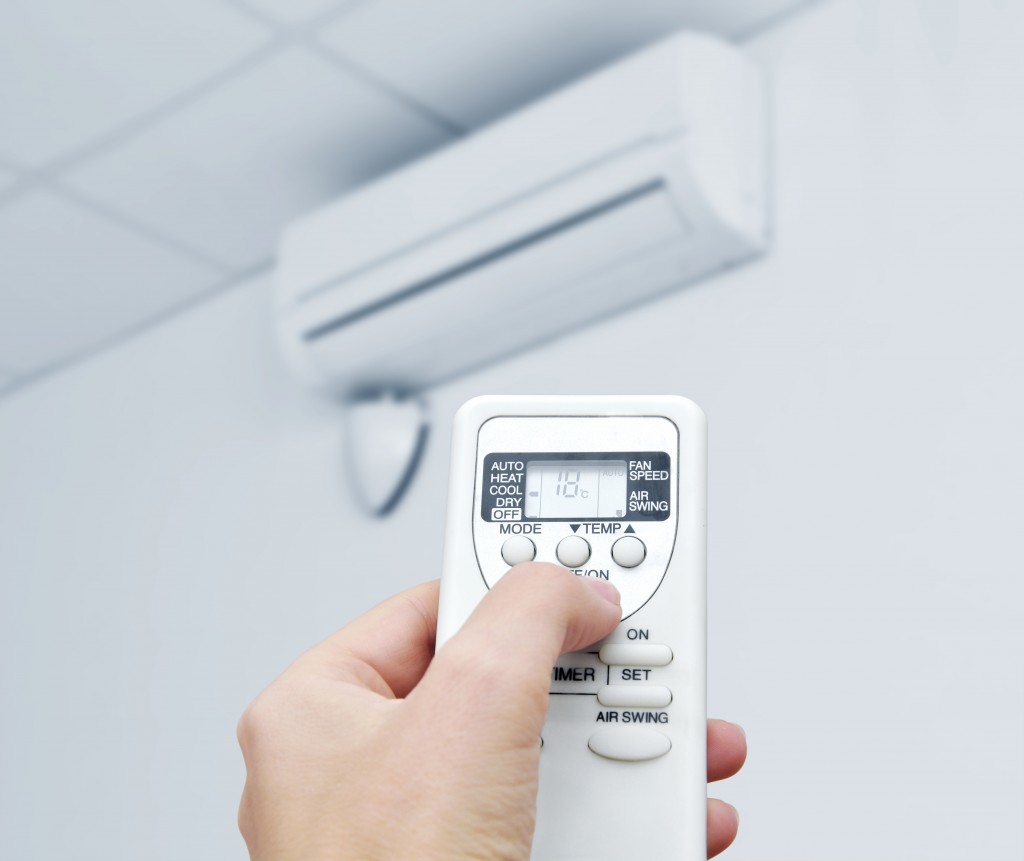- Regular inspection and air quality tests help identify sources of office air pollution.
- Implementing air purifiers, proper ventilation, commercial humidifiers, and regular cleaning improves air quality.
- Preventive strategies such as green spaces, no-smoking policies, regular HVAC maintenance, and the use of low-VOC products are essential.
- Prioritizing air quality maximizes employee health, productivity, efficiency, and profitability.
Maintaining excellent air quality in an office environment supports employee health and productivity, ultimately benefiting the business. According to a report by the World Health Organization, indoor air pollution can lead to severe health issues such as respiratory diseases and allergies. Furthermore, a study from the Harvard T.H. Chan School of Public Health found that employees working in offices with superior air quality exhibited a 61% increase in cognitive function scores compared to those with typical levels. These statistics underscore the importance of prioritizing air quality in the workplace, not just for the well-being of the employees but also for the overall efficiency and profitability of the business.
However, you might not know how to improve air quality in your office. Here are some practical steps to ensure clean and healthy air for your employees.
Identifying the Source

The first crucial step in improving air quality is to identify the sources of pollution. Various elements can contribute to poor air quality, including dust, mold, chemical fumes from cleaning products, or emissions from office machinery. Some of these pollutants may not be visible or easily detectable, making it essential to conduct regular inspections.
Here are a few ways to identify sources of air pollution in your office.
- Routine Inspections: Regularly check the office environment, focusing on vents, carpets, and equipment that could harbor dust or mold.
- Air Quality Tests: Professional air quality tests can accurately identify the type and level of pollutants.
- Maintenance Records: Keeping maintenance records for office equipment and HVAC systems can help identify potential sources of pollution.
Identifying and addressing these sources promptly is critical to maintaining a healthy and productive office environment. Of course, identifying the source does not guarantee clean air; you must also take steps to reduce or eliminate the pollutants.
Improving Air Quality
Once the sources of pollutants have been identified, it is imperative to take the necessary steps to improve the air quality. Continuous exposure to poor indoor air can lead to health issues, impair concentration, and decrease productivity. Thus, improving air quality is a measure of maintaining health and a strategy for enhancing workplace efficiency.
Air Purifiers
Air purifiers are an effective solution for improving indoor air quality. They work by drawing in air, filtering out harmful particles such as dust, pollen, and bacteria, and then releasing clean air. High-efficiency particulate air (HEPA) purifiers can filter out 99.97% of airborne particles, significantly improving air quality.
Ventilation
Proper ventilation ensures a continuous supply of fresh air, eliminating stagnant air and reducing the concentration of pollutants. Opening windows, where possible, or using exhaust fans can help maintain good ventilation. Additionally, routinely inspecting and maintaining HVAC systems ensures efficient operation and reduces the risk of indoor air pollution.
Commercial Humidifiers
Adequate humidity levels are critical for a comfortable and healthy office environment. Low humidity can lead to dry skin, irritated eyes, and increased susceptibility to respiratory illnesses. A high-quality commercial humidifier can maintain the ideal humidity level, improving air quality and creating a healthier and more comfortable workplace environment.
Regular Cleaning
Regular cleaning is one of the simplest and most effective ways to improve air quality. It minimizes dust build-up and prevents the growth of mold and bacteria. Using eco-friendly cleaning products can also help reduce chemical pollutants in the air. Regular cleaning of carpets, upholstery, and hard surfaces is essential in maintaining a healthy office environment.
Building Prevention Strategies

Preventive measures are pivotal in maintaining air cleanliness in office environments. Proactive steps address current indoor air quality issues and prevent future problems, contributing to a healthier, more productive workplace over time.
Establishing Green Spaces
Integrating indoor plants can significantly improve air quality. Plants naturally absorb carbon dioxide and other harmful chemicals while releasing oxygen, which can freshen the air. They also add aesthetic appeal to the office environment.
No Smoking Policy
Implementing a no-smoking policy within and near office premises is an effective preventive measure. Smoke from cigarettes contains thousands of harmful chemicals that can pollute indoor air and pose serious health risks.
Regular Maintenance of HVAC Systems
Regular maintenance and servicing of HVAC systems are essential to ensure they function efficiently. Over time, HVAC systems can become clogged with dust and other pollutants, circling throughout the office. Regular maintenance ensures these systems effectively filter and distribute clean air.
Use of Low VOC Products
Volatile Organic Compounds (VOCs) are harmful chemicals in many office materials and products, including paints, adhesives, and certain types of furniture. Opting for products low in VOCs can help prevent these chemicals from polluting your office air.
By taking these preventive measures, offices can maintain clean and healthy indoor air, contributing to a safer and more productive workspace for everyone.
Final Thoughts
Maintaining clean and healthy air in the office is crucial for employee health, well-being, and productivity. Businesses can significantly improve indoor air quality by adequately identifying pollutants, regular cleaning and maintenance, and implementing preventive strategies. Prioritizing air quality benefits employees and creates a more efficient and profitable workplace environment.


